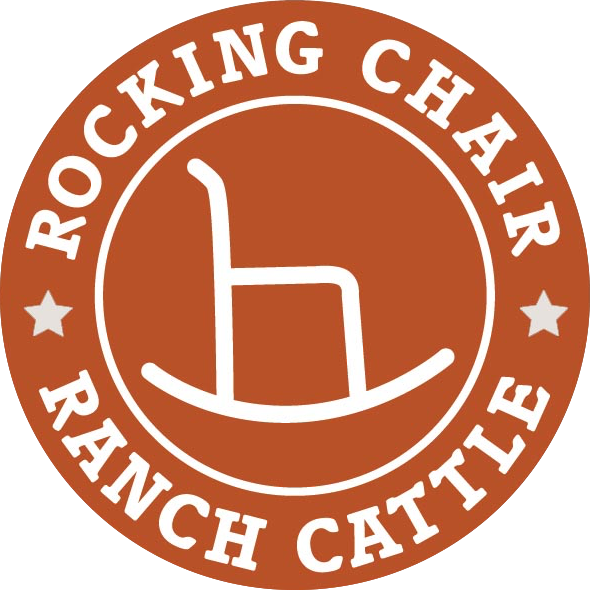Frequently Asked Questions
Why is Grass-Fed beef better?
Well, for starters, it's healthier!
Grass-fed beef is lower in:
Fat and Calories
Saturated Fats Linked with Heart Disease
Grass-fed beef is higher in:
Heart Healty Omega-3s
Vitamins & Antioxidants
Beta Carotene
Conjugated Linoleic Acid (CLA)
It's a saver!
Antibotic, Hormone and Steroid Free
Cows are not confined and are raised in cleaner and more natural environment.
It helps with sustainability!
Enviromentally Friendly
More Humane
Happy Cows Raised in the Sunshine on Green Pastures
Supports Local Farmers
Should I cook my grass-fed beef differently than regular beef?
Because of the lower total fat and more Omega-3 fatty acids overcooking grass-fed beef is the most common error people make when cooking pastured or grass-fed meats. Here are a few tips to help you cook the perfect grass-fed beef:
Grass-fed beef is ideal at rare to medium-rare temperatures. If you prefer meat well done, cook at a low temperature ensure moisture.
Because grass-fed beef is low in fat, coat it with extra virgin olive oil or another light oil for easy browning. The oil will also prevent the meat from drying out and sticking to the cooking surface.
Never use a microwave to thaw grass-fed beef. Either thaw in the refrigerator or, for quick thawing, place the vacuum sealed package in cold water for a few minutes. Let it sit at room temperature for no more than 30 minutes. Don’t cook it cold straight from the refrigerator.
Always pre-heat the oven, pan, or grill before cooking grass-fed beef.
Grass-fed beef cooks about 30 percent faster than grain-fed beef. Use a thermometer to test for doneness and watch the temperature carefully. You can go from perfectly cooked to overdone in less than a minute. The meat will continue to cook after you remove it from the heat, so when it reaches a temperature ten degrees LOWER than the desired temperature, it’s done.
Remeber if you wrap your meat in tinfoil it will continue to cook at a faster rate than grain-fed beef.
Let the beef sit in a warm place for 8 to 10 minutes after removing from heat to let the juices redistribute.
Pan searing on the stove is an easy way to cook a grass-fed steak. After you’ve seared the steak over high heat, turn the heat to low and add butter and garlic to the pan to finish cooking.
When grilling, quickly sear the meat over high heat on each side and then reduce the heat to me dium or low to finish. Baste to add moisture.
When roasting, sear the beef first to lock in the juices and then place in a pre-heated oven. Reduce the roasting temperature by 50 degrees F.
How do you ship?
Each cut of beef is individually frozen, vacuum sealed and boxed, then packed with dry ice in an insulated container.

